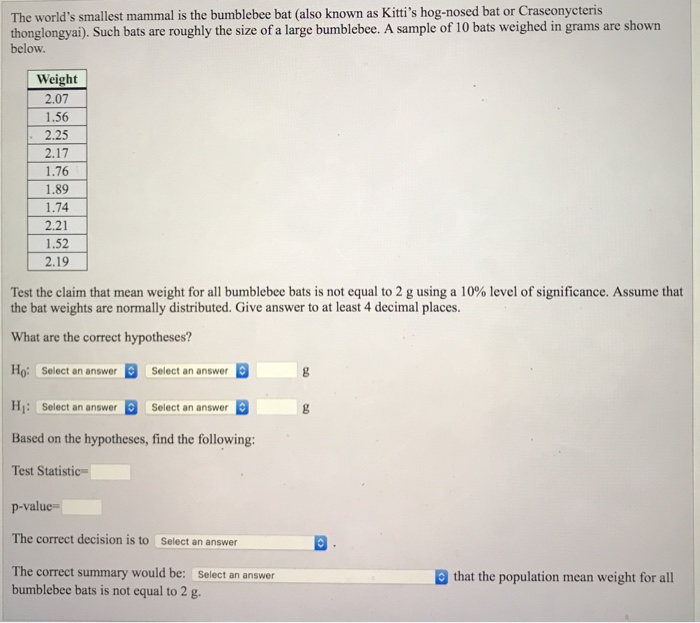Bats are fascinating animals that are known for their ability to fly, use echolocation to navigate, and their role in pollinating flowers and controlling insect populations. There are over 1,400 species of bats, making them the second largest group of mammals after rodents. Here are some sample questions about bats and their answers:
- How do bats use echolocation to navigate and find food?
Bats use echolocation to navigate and find food by emitting high-pitched sounds that bounce off objects and return to the bat as echoes. The bat listens to these echoes and can use the time delay and intensity of the echoes to determine the distance, size, shape, and movement of objects around them. Bats use echolocation to locate insects in the air, navigate through complex environments, and communicate with each other.
- What do bats eat?
Bats are carnivorous and feed on a wide range of insects, including moths, beetles, and mosquitoes. Some species of bats also feed on fruit, nectar, and pollen, making them important pollinators for flowers and plants. There are also some species of bats that feed on small vertebrates, such as lizards, frogs, and birds.
- How do bats help control insect populations?
Bats are important predators of insects, helping to control their populations and prevent them from causing damage to crops and other plants. Some species of bats can eat up to half their body weight in insects each night, which can add up to thousands of insects consumed in a single year. By controlling insect populations, bats help to maintain a balance in ecosystems and protect agriculture.
- How do bats reproduce?
Most species of bats reproduce sexually, with females giving birth to one or two offspring per year. Bats have a long reproductive cycle, with females typically giving birth in the late spring or early summer. The young are born helpless and depend on their mothers for food and protection. Bats have a relatively low reproductive rate, which makes them vulnerable to population declines due to habitat loss and other threats.
- What are the biggest threats to bats?
Bats face a number of threats, including habitat loss, pollution, and disease. The destruction of forests, wetlands, and other habitats has led to the loss of many roosting and foraging sites for bats. Pollution, including pesticides and other chemicals, can also harm bats and their habitats. In recent years, a deadly fungal disease called white-nose syndrome has also killed millions of bats in North America.
Overall, bats are fascinating and important animals that play a vital role in ecosystems around the world. By understanding more about these animals, we can work to protect them and ensure their continued survival.






